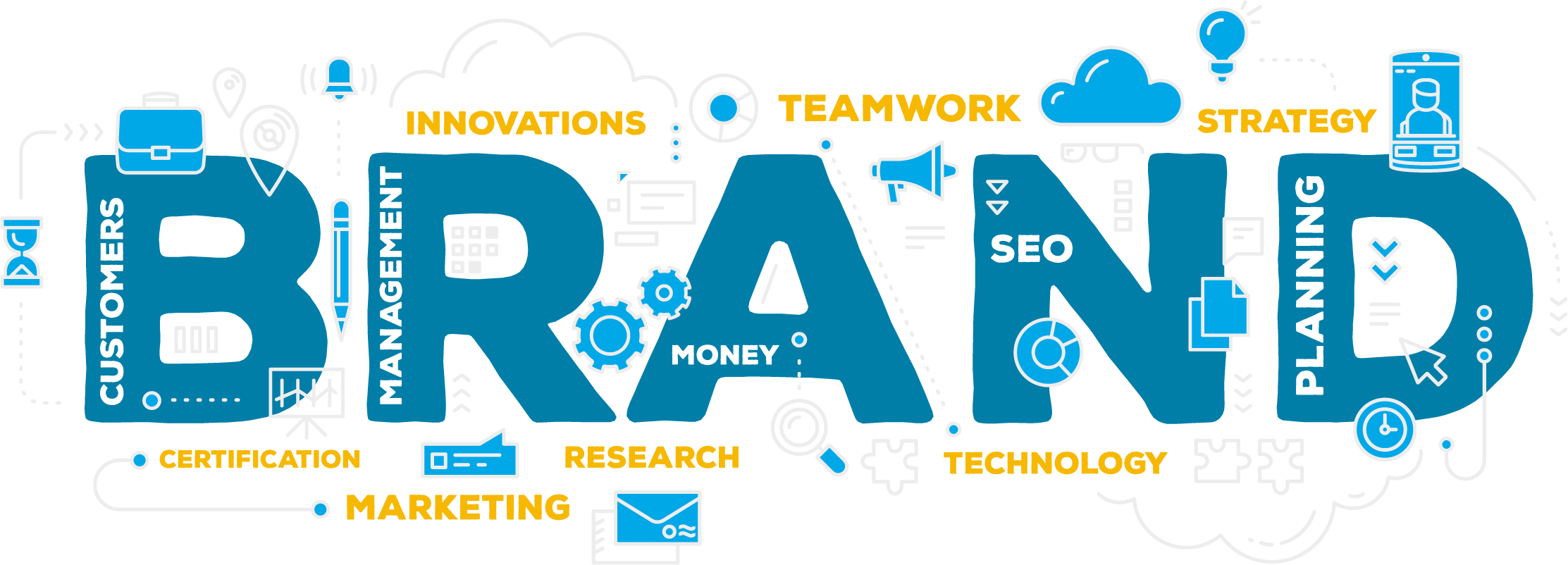Branding is much more than a logo or a catchy tagline—it’s the heartbeat of your business. In today’s competitive marketplace, a well-crafted brand identity not only distinguishes your business from competitors but also builds trust and loyalty with your target audience. In this post, we’ll explore what branding is, why it’s crucial for your business, and share actionable strategies to help you create a memorable brand.
Understanding Branding: Defining Your Business Identity
Branding is the process of creating a unique identity for your business through visual elements, messaging, and values. It encompasses everything from your logo and color palette to the tone of your communication and customer experience. At its core, branding is about telling your company’s story in a way that resonates with your audience, reflects your values, and positions you effectively in the market.
A strong brand identity creates an emotional connection with your customers. It tells them who you are, what you stand for, and why they should choose you over the competition. This process involves defining your mission, vision, and core values—elements that are detailed in my Branding Playbook. For additional insights on building your brand, check out HubSpot’s comprehensive guide to branding.

The Critical Role of Branding: Why a Strong Brand Matters for Business Growth
Effective branding is vital for several reasons:
1. Establishing Trust and Credibility
When done right, branding conveys professionalism and reliability. Consistent visual elements and clear messaging help customers recognize your business and trust that you deliver on your promises. Research shows that brands with a strong identity are more likely to attract and retain loyal customers.
2. Differentiating Yourself in the Market
In a crowded marketplace, your brand is your competitive edge. It sets you apart from competitors by highlighting your unique value proposition. Whether you’re a startup or an established business, your brand helps clarify what makes you special.
3. Enhancing Customer Loyalty
A well-defined brand creates emotional resonance. When customers feel a connection to your brand, they are more likely to become repeat buyers and even advocates for your business. This loyalty not only drives sales but also builds long-term success.

Key Elements of a Strong Brand Identity
Creating a robust brand identity involves several critical components:
Visual Identity
- Logo: Your logo is the visual cornerstone of your brand. It should be simple, memorable, and versatile across various platforms.
- Color Palette & Typography: Choose colors and fonts that reflect your brand’s personality and evoke the right emotions in your audience.
Brand Messaging
- Mission & Vision: Clearly define why your company exists and what it aspires to achieve.
- Core Values: These principles guide your business and form the foundation of your brand personality.
Voice and Tone
Your brand voice should be consistent across all communications. Whether you’re writing a blog post, posting on social media, or interacting with customers, your tone should reflect your brand’s character—be it professional, friendly, or innovative.
Proven Strategies for Successful Brand Building
Implementing a successful branding strategy requires careful planning and execution. Here are some actionable strategies:
Conduct In-Depth Market Research
Understanding your target audience and competitors is key. Use tools like Google Analytics and social media insights to gather data on customer behavior. Additionally, analyze competitors’ branding strategies to identify gaps and opportunities for differentiation.
Develop a Comprehensive Brand Strategy
Start by defining your mission, vision, and core values. Use these to craft a clear brand message that resonates with your audience. My Branding Playbook offers a step-by-step guide to articulating these elements and ensuring consistency across all communications.
Create Consistent Visual Assets
Invest in quality design for your logo, website, and marketing materials. Consistency in visual elements reinforces brand recognition and builds trust. Including engaging images, such as an infographic with alt text like “branding strategy diagram,” can also enhance audience engagement.
Engage Your Audience with Authentic Storytelling
Leverage social media, email newsletters, and blog posts to tell your brand’s story. Use authentic storytelling to connect emotionally with your audience and invite them to join your journey. Interactive content and feedback-driven approaches can significantly boost engagement.

Common Branding Mistakes to Avoid
Even with the best intentions, many businesses stumble with branding. Here are a few pitfalls to watch out for:
- Inconsistency: Mixed messaging and varied visual elements can confuse your audience and dilute your brand identity.
- Neglecting Your Audience: Failing to tailor your branding efforts to the needs and preferences of your target audience can lead to disengagement.
- Overcomplicating the Message: A cluttered or overly complex brand message may obscure your core values and mission.
Focus on clarity, consistency, and customer-centric strategies to avoid these mistakes. Remember, your brand is an evolving entity that should adapt to meet the changing needs of your business and audience.
How to Refresh Your Brand
Sometimes, businesses need a brand refresh to stay relevant in a changing market. Consider these steps:
- Reevaluate Your Mission and Vision: Are they still aligned with your business goals?
- Update Visual Elements: Refresh your logo, color palette, and typography if they feel outdated.
- Engage Your Audience: Solicit feedback from your customers to understand how your brand is perceived and identify areas for improvement.
A refreshed brand can reinvigorate your business and signal to your customers that you’re committed to evolving and meeting their needs.
Conclusion
Branding is not just an aesthetic exercise—it’s a strategic imperative that drives business growth, builds trust, and sets you apart from the competition. By understanding what branding is and implementing effective strategies, you can create a strong, memorable identity that resonates with your audience and propels your business forward.
Ready to take your brand to the next level? Download my free Branding Playbook to start building an identity that inspires confidence and drives success. Elevate your business today with a brand that truly stands out.









